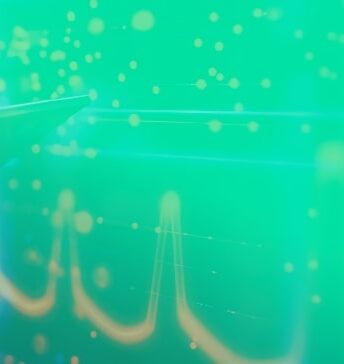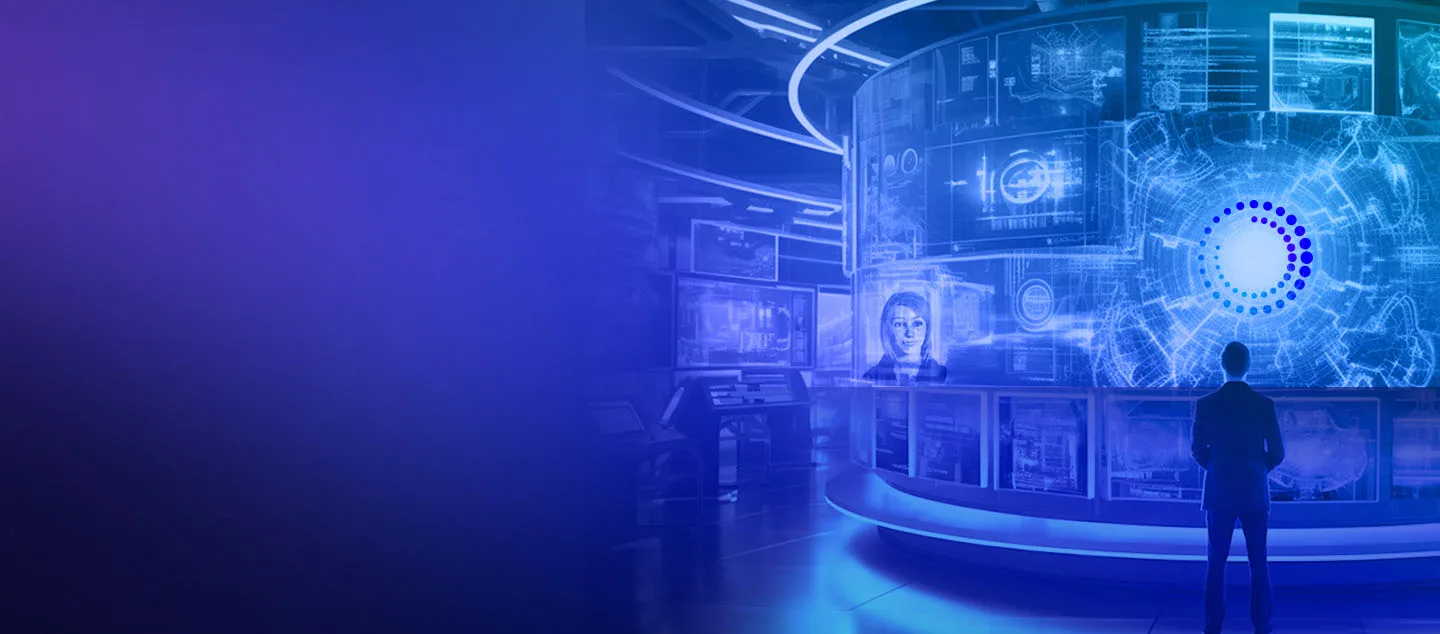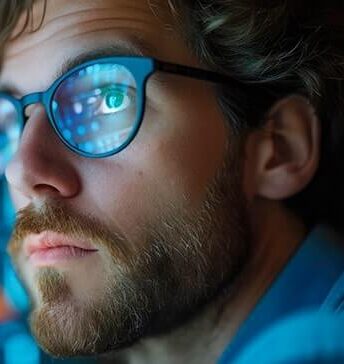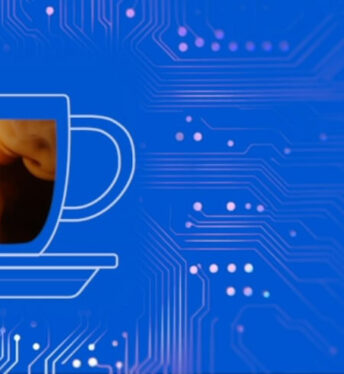- What is Augmented Reality?
- 4 Path-Breaking Examples Augmented Reality Technology in the Healthcare Sector
- Future Prospects Related to Use of AR Technology in Healthcare Industry
- Transform with Innovative Stefanini Healthcare Solutions
The year 2016 was marked by some interesting events – but perhaps one of my favorites was release of the augmented reality game (AR) Pokémon GO, and the Rio Olympics. Pokémon GO, though not the first AR game, created a lot of buzz. This was because of two reasons- the Pokémon franchise itself was very popular and no other AR game was this easily accessible for the general public. In fact, the huge popularity of this game brought the AR technology into the limelight.
Since then, AR has been used across sectors including healthcare, manufacturing, entertainment, etc. Of all these fields, use of AR in healthcare sector has been the most promising.
What is Augmented Reality?
Augmented essentially means enhanced, and thus augmented reality entails integration of the real-time environment with digital technologies to create a mixed or extended reality. AR environments are defined by three basic features:
- A combination of real-time environment and virtual objects
- A 3D representation of real-time and virtual objects
- And real-time interaction with the integrated world
These three features differentiate AR from virtual reality (VR) technology and make the AR technology extremely useful in various fields, such as the healthcare sector.
The use of AR in healthcare can be traced back to 1992 when the US Air Force started developing and using these systems in their laboratories so as to enhance human performance during medical operations and surgeries.
Gradually, the private sector jumped in, and started developing innovative AR-based solutions which helped the medical world in different ways. Leading technology companies such as Siemens, Microsoft, Karl Storz, etc., by coming up with state-of-the-art AR systems, helped in simplifying many of the complex medical procedures.
We brought multiple solutions for a Healthcare/Biotech media campaign. Read the case study here.
4 Path-Breaking Examples Augmented Reality Technology in the Healthcare Sector
Let’s take a look at such examples wherein use of augmented reality (AR) in healthcare has proven to be a game changer:
Finding Subcutaneous Veins Easily
One of the very first medical devices built using AR was the near-infrared subcutaneous vein finder. As the name suggests, these medical devices use infrared imaging techniques to scan and create a map of the network of the subcutaneous veins in the arms or legs.
The map, created using digital image processing technology, is then projected on to the surface of the patient’s arm or legs, as is the case, in order to simplify the process of finding the right vein for conducting a specific medical procedure.
The vein finder is especially useful if the patient is a child in which case locating a vein or a blood vessel becomes even more tedious. In fact, reputed studies have shown that locating a vein and injecting medication through it becomes about 3.5 times easier when done with the help of augmented reality systems.
Assisting in Surgeries
Surgeons have increasingly relied on AR to assist in operation theaters. While conducting medical procedures as complex as heart surgeries, laparoscopic liver surgeries, cancer radiation treatments, etc., precision and timing is of paramount importance. Even a split second of distraction or malfunction can be extremely dangerous for the patient.
AR systems help in improving situational awareness by providing audio-visual data that would otherwise be quite difficult to obtain. Using techniques such as preoperative imaging and 3D rendering, interoperative reconstructions, robotic ultrasound application, etc. AR provides a complete picture of the organ, tissue, or bone on which the medical procedure is to be conducted.
Take the example of Siemens’ ACUSON Sequoia Ultrasound System. This AR-based system is primarily used to detect tumors in the liver using minimally invasive techniques. By employing different types of linear and curved transducers, this system helps in taking sharp and focused images of the liver tissue it is scanning. The images thus obtained using spatial resolution and contrast resolution are then projected on the patient’s body. This helps the surgeon or the medical expert to get a clear idea about the status, location, and size of the tumor.
Better Provision of Drug Information
During testing cycles, AR systems provide a virtual environment that help pharmaceutical companies gain insight into how different active ingredients will react, both with each other and with the patient’s body. Many times a drug that is effective for a certain set of population becomes ineffective or even dangerous to another set of population.
This is due to variables such as age group of the population, geographical climate, comorbidities, allergies to certain active pharmaceutical ingredients, and more. Using predictive analysis techniques, AR systems can help in overcoming these challenges and develop a drug that is safe to use for all.
In certain black swan events such the disastrous Covid-19 pandemic, developing a new and effective drug or vaccine in a short span of time becomes extremely crucial. In such cases, use of augmented reality (AR) in healthcare sector really becomes a boon as it helps in speeding up the vaccine trials, that too, with much more accuracy and efficacy.
Thus, developing a safe drug or vaccine within a short period becomes possible which ultimately helps in curbing the pandemic.
Better Symptom Assessment
In many cases, it happens that the patient is unable to describe the symptoms correctly due to lack of knowledge or hesitancy to reveal certain medical conditions. In such cases, AR can help medical practitioners assess patient symptoms and ascertain his/her medical condition.
Moreover, augmented reality can be an excellent way of teaching anatomy of the human body to the patients and public in general, increasing awareness about certain ailments and diseases among the common populace. Once the doctor has diagnosed the disease and prescribed a medication course, AR can be utilized for continuous patient monitoring to ensure whether the medications given to the patient are proving effective.
Current AR Trends in the Healthcare Market
As seen from above, the applications of AR in healthcare are wide-ranging and pathbreaking. Moreover, with the emergence of advanced technologies, such as artificial intelligence (AI), machine learning (ML), big data, internet of things (IoT) expand the scope of AR capabilities.
As per a report published by Research Dive, the augmented reality (AR) in healthcare market is expected to rise substantially and gather a revenue of around $1,565.1 million in the 2019-2026 period owing to the growing adoption of these advanced technologies in tandem with AR in healthcare industry.
The other major reason behind the growth of the AR in healthcare market is the growing demand for integrated head mount displays that provide audio-visual support to the doctor while performing vital medical procedures on the patient.
Additionally, as per the Research Dive report, there has been an increase in the trend of adoption of mobile-based augmented reality systems as they have Global Positioning Systems (GPS) built within them. Wearable augmented reality systems or vision-based augmented reality systems are also becoming popular, but their market share isn’t as big as that of mobile-based systems.
Future Prospects Related to Use of AR Technology in Healthcare Industry
Since the second half of 2021, majority of the developed and developing countries in the world have started deploying 5G services in their respective metropolitan cities. With speeds of up to 20 Gbps, 5G could become the foundation stone of a truly digital healthcare sector. In such a scenario, the possibilities for AR technology in healthcare industry are endless.
Some software companies have started developing apps which, in case of a road accident take the help of AR technology to assess the nature of injury sustained by the victim and also shows the nearest hospital which can provide the best possible medical care to the patient.
Also, the application shows that nearest and least congested road to take so as to get to that hospital in the shortest possible time. This is just one example of how a sophisticated integration of technologies, such as augmented reality, artificial intelligence, and Internet of Things can transform the healthcare sector. Many such ideas are being put to test today, few of which can become stunning innovations of tomorrow.
Transform with Innovative Stefanini Healthcare Solutions
Our Digital Health division leverages the latest technological solutions and specializes in minimizing risk and time constraints within the health industry.
We address these challenges and bring the right solution to our customers. TRUST leverages cutting-edge technological innovations to extend patient data collection not only at trial sites, but also at patients’ homes and other care facilities.
Speak with our experts today!
Author Bio: Akhilesh Prabhugaonkar holds a bachelor’s degree in Electronics Engineering from the reputed Vishwakarma Institute of Technology. He has a special interest in the field of forensics, world history, international relations and foreign policy, sports, agriculture, astronomy, security and oceanography. An ardent bibliophile and melophile, Akhilesh loves to write on topics of his interest and various other societal issues.



















